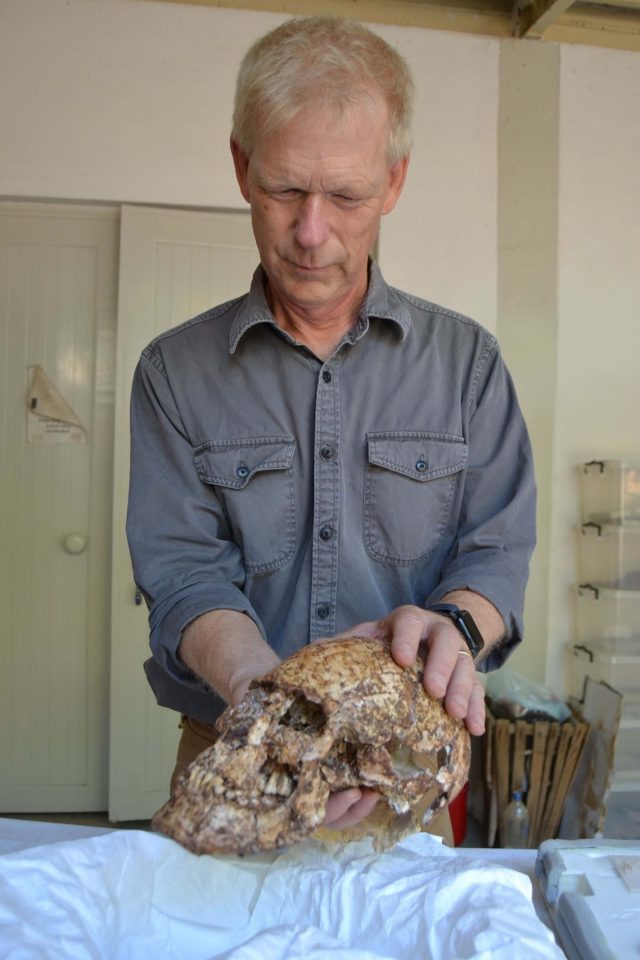Traces of the Battle of Thymbra, which took place between the Kingdom of Lydia and the Persian Empire and led to the fall of the Kingdom of Lydia, have been discovered in the ancient city of Sardis, located in the Salihli district of Manisa, known as the site where the first coins were minted.
Archaeological excavations in Sardis, the capital of the Kingdom of Lydia, have uncovered traces of the Battle of Thymbra. The battle occurred in 546 B.C. between King Croesus of Lydia and Cyrus II of Persia, resulting in the defeat of Lydia and the capture of Sardis. The conflict marked the beginning of Persian dominance over western Anatolia.
Researchers found two soldiers’ skeletons, aged 20-25, beneath a monumental wall discovered about 50 years ago and further unearthed in this year’s excavations. Excavation director Nicholas Cahill noted that the soldier skeletons showed evidence of sword wounds, particularly on the head and arms, and that stones were found in the palms of their hands.
“This year, we uncovered the skeletons of two soldiers during the excavation of the monumental wall. We believe the soldier skeletons found in the Persian destruction layer at the base of the monumental wall belonged to individuals aged 20-25. The skeletons show injuries from swords and similar weapons. We think these soldiers were thrown into the ruins of the wall without being buried or given a proper ceremony after the battle. A stone was found in the palm of one soldier’s hand, likely a slingstone. Given that these soldiers were found at the base of the wall, they were likely not Persian soldiers but rather defeated Lydian soldiers,” Cahill said.
Cahill noted that a helmet was found alongside the skeletons identified as belonging to Lydian soldiers. “Our examination of the soldiers’ skeletons revealed compression in the bones, indicating they wore very heavy armor. A helmet was also found beside the skeletons, which are now housed in the Manisa Museum. One skeleton has a broken arm, likely injured by a weapon while the soldier was defending himself,” he added.




